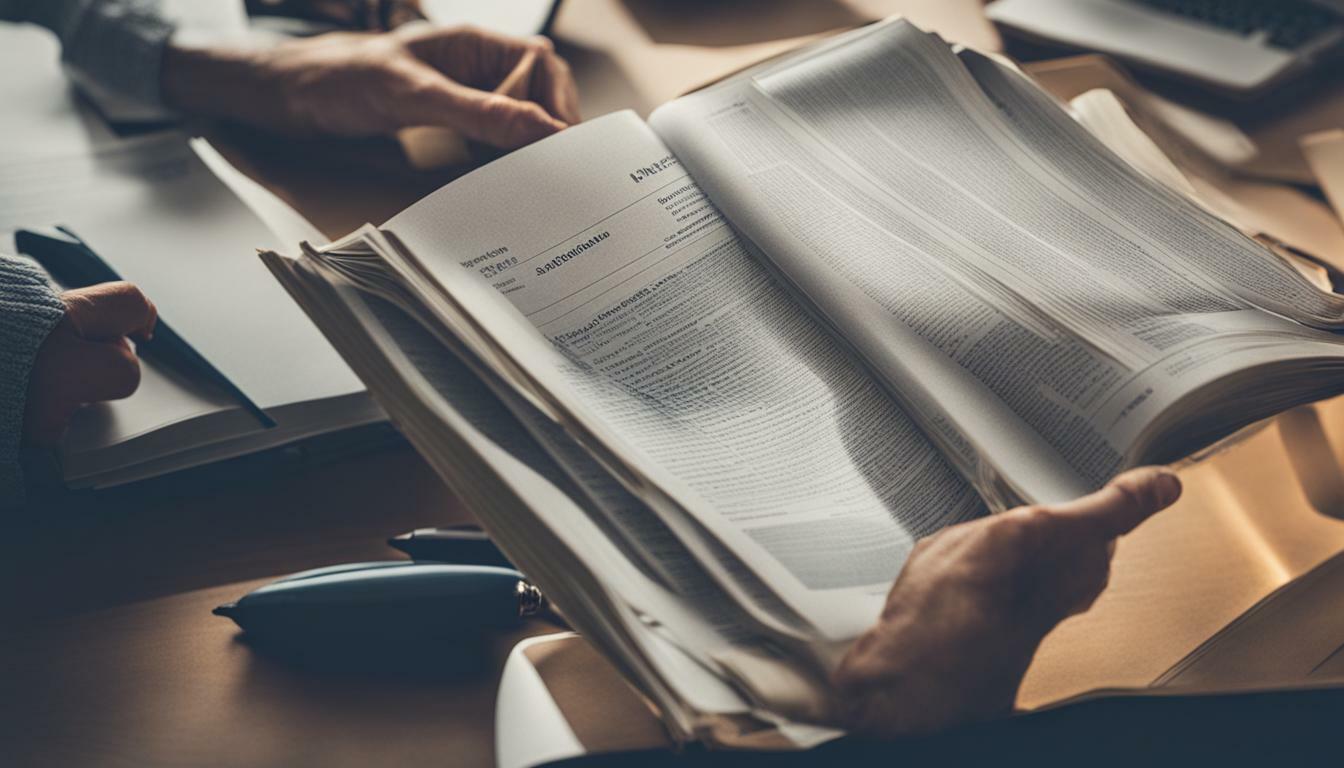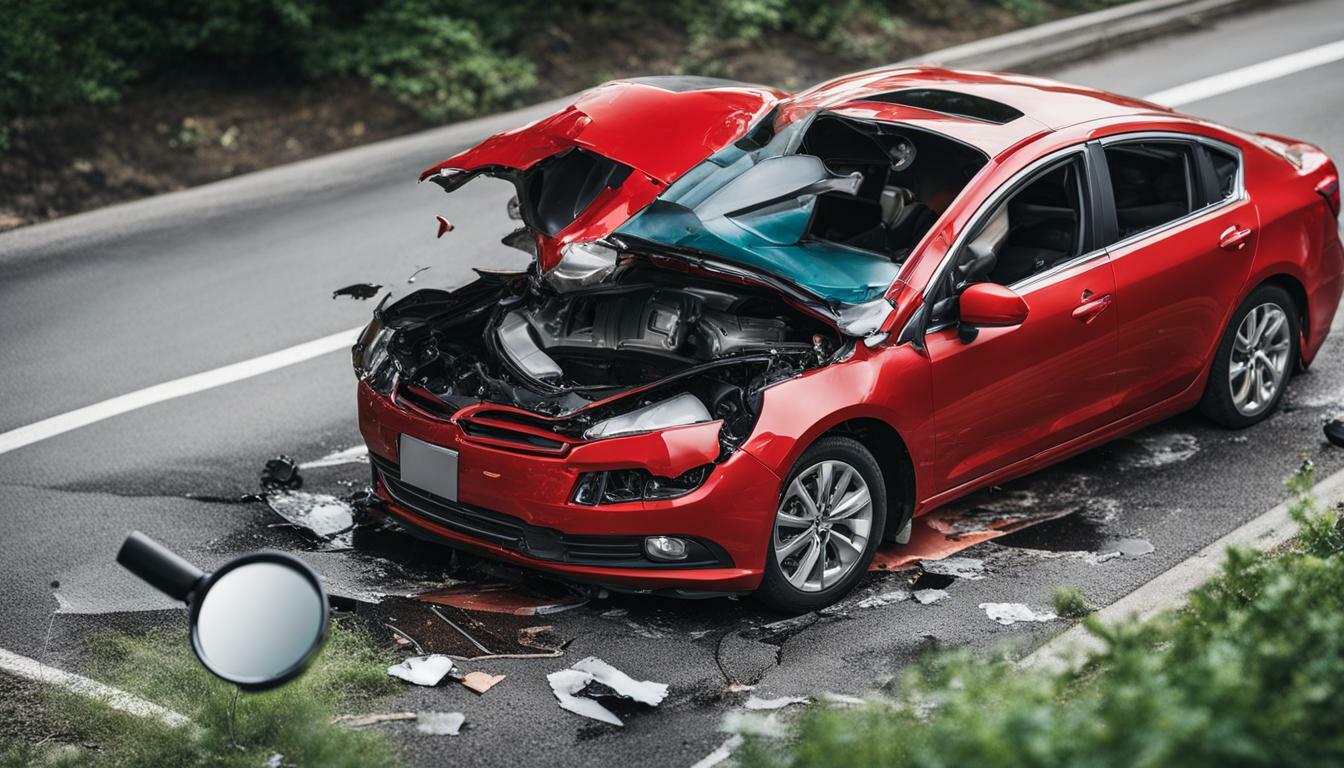Car accidents can be a traumatic experience, leaving you shaken and overwhelmed. In the aftermath of a crash, one of the most crucial factors to determine is fault. Knowing who is at fault is essential for insurance purposes and can also impact any legal proceedings that may follow. The process of determining fault can be confusing and stressful, but it is essential to understand how it works. In this article, we will discuss the ins and outs of fault determination after a car accident and help you navigate this often-complicated process.
What is Fault Determination?
Fault determination is the process of assigning blame for a car accident. It is essential to determine who is at fault because it determines which insurance company will pay for damages and may impact legal proceedings. In most cases, the person who caused the accident is considered at fault. However, it is not always that simple. Sometimes multiple factors contribute to an accident, and determining who is at fault can be challenging.
Factors that Contribute to Fault Determination
Several factors can contribute to fault determination. Some of these include:
- Traffic laws: Traffic laws play a significant role in fault determination. If a driver violates a traffic law and causes an accident, they are typically considered at fault. For example, if a driver runs a red light and hits another car, they are likely to be considered at fault.
- Road conditions: Poor road conditions can also contribute to fault determination. If a driver loses control of their car due to icy roads or potholes, they may not be considered at fault. However, if a driver was speeding in poor conditions, they may still be held responsible.
- Weather: Weather can also be a factor in fault determination. If a driver causes an accident due to poor visibility or slippery roads, they may not be considered at fault. However, if a driver was speeding or not driving appropriately for the conditions, they may still be held responsible.
- Driver behavior: Driver behavior is another crucial factor in fault determination. If a driver is distracted, under the influence of drugs or alcohol, or driving recklessly, they are more likely to be considered at fault.
- Contributing factors: In some cases, multiple factors contribute to an accident, making fault determination more complicated. For example, if a driver runs a red light and hits another car, but the other driver was also speeding, fault may be split between the two drivers.
Determining Fault After an Accident
Determining fault after an accident can be complicated, and there is no one-size-fits-all approach. Typically, insurance companies will investigate the accident and determine fault based on the evidence. This evidence may include:
- Police reports: The police report from the accident can be a valuable piece of evidence in determining fault. The report will typically include a description of the accident, any witness statements, and any citations or charges issued.
- Eyewitness testimony: Eyewitness testimony can also be valuable in determining fault. Witnesses who saw the accident can provide their account of what happened, which can help insurance companies piece together what happened.
- Physical evidence: Physical evidence from the accident can also be used to determine fault. This evidence may include skid marks, damage to the vehicles, and the location of the vehicles after the accident.
- Accident reconstruction: In some cases, accident reconstruction may be used to determine fault. Accident reconstruction involves using physics and engineering principles to recreate the accident and determine how it occurred.
Once all the evidence has been gathered, the insurance companies will use it to determine fault. In some cases, fault may be clear-cut, while in others, it may be split between multiple parties. Insurance companies will then use this information to determine which driver’s insurance will pay for damages.
Legal Proceedings After an Accident
In some cases, legal proceedings may follow an accident. This may occur if there is a dispute over fault or if there are significant damages or injuries involved. In these cases, determining fault can be even more critical.
If legal proceedings are necessary, a court will typically determine fault. The court will review the evidence from the accident and any witness testimony and make a determination based on the evidence. The court will then determine damages based on the degree of fault for each party involved.
The Importance of Hiring a Lawyer
If you are involved in a car accident, it is essential to hire a lawyer, especially if there are significant damages or injuries involved. A lawyer can help you navigate the legal system and ensure that your rights are protected. They can also help you gather evidence and build a case to support your claim.
Hiring a lawyer can also help you negotiate with insurance companies. Insurance companies may try to settle quickly and for a low amount, but a lawyer can ensure that you receive fair compensation for your damages.
Car accidents can be stressful and overwhelming, but understanding fault determination is essential. Knowing who is at fault can impact insurance claims and legal proceedings. While determining fault can be complicated, gathering evidence and hiring a lawyer can help ensure that your rights are protected. Remember to always prioritize safety when driving and be aware of the factors that can contribute to accidents. With these tips in mind, you can navigate the process of fault determination after a car accident with confidence.


